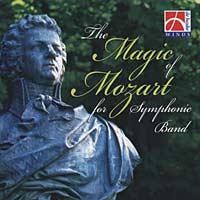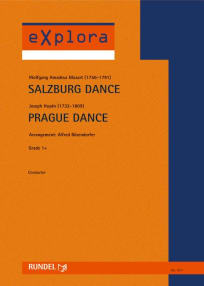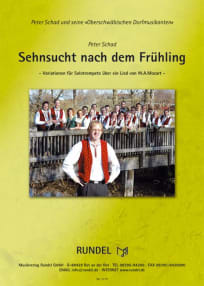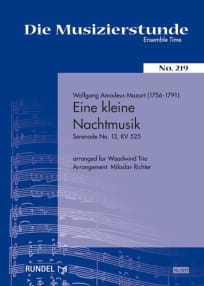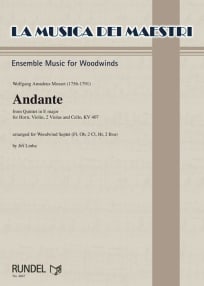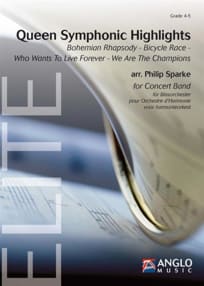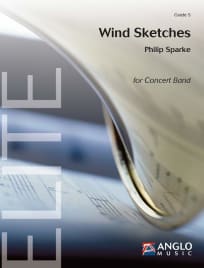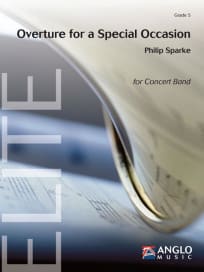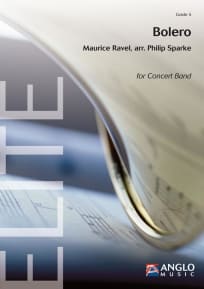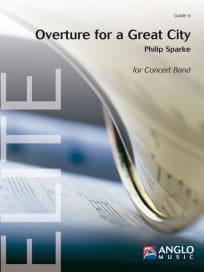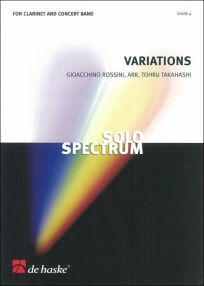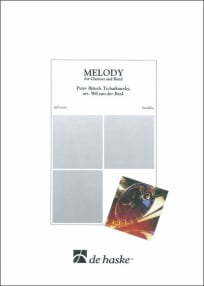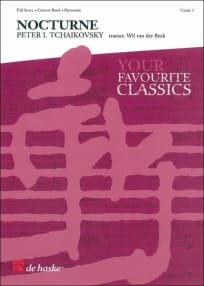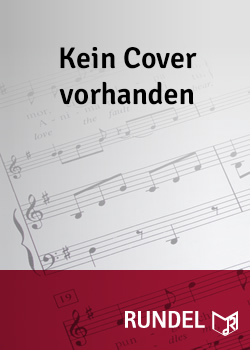Clarinet Concerto KV 622 - AMP148 | Partitions
Page d'accueilPartitionsClarinet Concerto KV 622 - AMP148Orchestre d'Harmonie
Clarinet Concerto KV 622
Solo for Clarinet & Concert Band
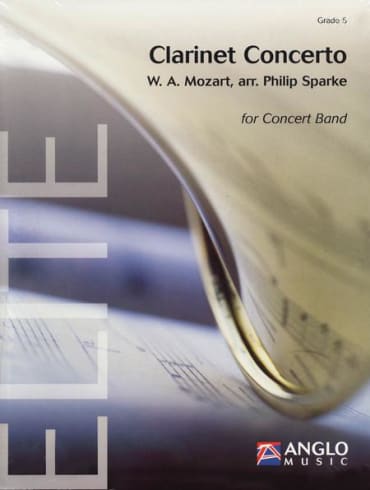
Orchestre d'Harmonie
Clarinet Concerto KV 622
Solo for Clarinet & Concert Band
Compositeur
Arrangeur
Catégorie
Occasion
Durée
00:28:21
Difficulté
Ober-/Höchststufe
Séries
Maison d'édition
Anglo Music Press
Format
US 9x12 (229x305mm)
Info
Partition + Parties
Numéro d'édition
AMP148
Date de publication
2005
Écouter
Lire
Écouter & Lire
Liste d'envie
Imprimer
Recommander
Info
Mozart wrote his Clarinet Concerto in 1791 for the virtuoso, Anton Stadler (1753-1812). He and his brother Johann were
distinguished players of the clarinet and basset horn and had known Mozart since 1784, when they participated in
performances of his wind serenades. Anton's friendship with Mozart was intensified when the joined the same
freemason's lodge, zum Palmbaum, where they often played music together. Stadler also accompanied Mozart to
Prague in the autumn of 1791 to play the clarinet obbligatos in La clemenza di Tito. In addition, he was responsible for
many technical improvements to both the clarinet and the basset horn, adding extra keys to both instruments and
extending the range of the clarinet down to written C - thereby inventing the so-called basset clarinet.
This concert band arrangement has been published to mark the 250th anniversary of Mozart's birth in 2006.
As has been mentioned above, Mozart wrote this concerto for a clarinet with an extended lower range, compared to the conventional instrument. As early as 1802, published versions appeared with registral changes, which made the concerto playable on instruments without the extra keys. Mozart, not surprisingly, had made full use of the extra notes in the extended chalumeau register and it has to be said that many such 'simplified' versions do not improve the concerto.
When producing an edition for the conventional clarinet there are two choices to be made about the 'extra' notes - is it better to maintain the musical line, and hence transpose whole phrases or passages up an octave, rather than single notes, or is the chalumeau tone more important, in which case it may possibly be better to alter one or two notes to keep the correct octave. In this edition Philip Sparke has usually gone for the former so the 'sequences' make musical sense, but have taken the second option in some places.
Soloists performing this concerto may, of course, use their own preferred edition of the clarinet part, should they wish to do so.
This concert band arrangement has been published to mark the 250th anniversary of Mozart's birth in 2006.
As has been mentioned above, Mozart wrote this concerto for a clarinet with an extended lower range, compared to the conventional instrument. As early as 1802, published versions appeared with registral changes, which made the concerto playable on instruments without the extra keys. Mozart, not surprisingly, had made full use of the extra notes in the extended chalumeau register and it has to be said that many such 'simplified' versions do not improve the concerto.
When producing an edition for the conventional clarinet there are two choices to be made about the 'extra' notes - is it better to maintain the musical line, and hence transpose whole phrases or passages up an octave, rather than single notes, or is the chalumeau tone more important, in which case it may possibly be better to alter one or two notes to keep the correct octave. In this edition Philip Sparke has usually gone for the former so the 'sequences' make musical sense, but have taken the second option in some places.
Soloists performing this concerto may, of course, use their own preferred edition of the clarinet part, should they wish to do so.

